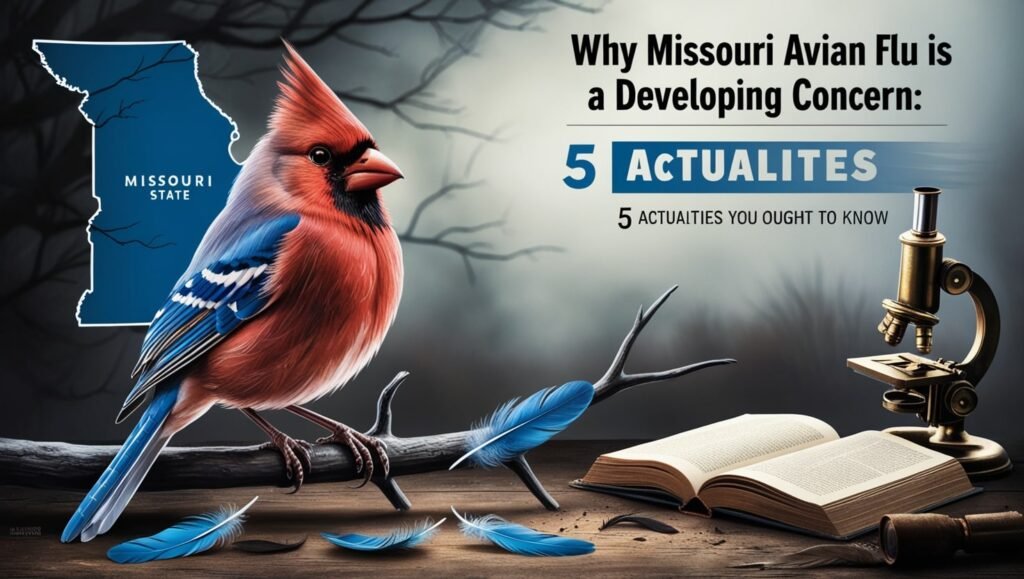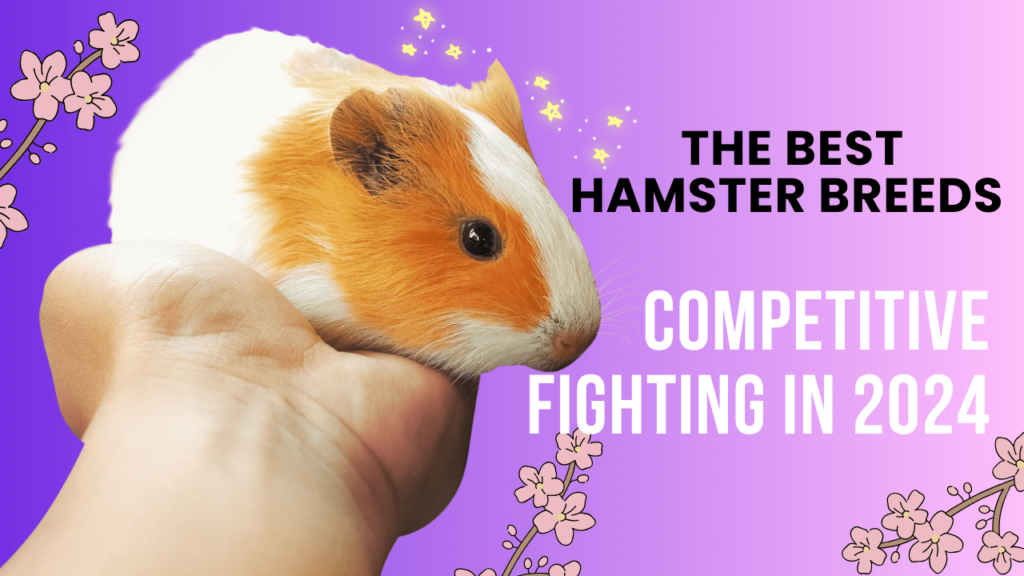The rising issue of Missouri avian flu is getting progressively disturbing. With the state hooking with the challenges posed by this infection, it’s vital to get it the circumstance altogether. In this comprehensive direct, we’ll dig into five key actualities almost the Missouri Avian Flu and investigate why it’s a pressing concern. We’ll moreover compare the circumstance to other districts, counting the eminent Buffalo vs Missouri comparison, to allow you a broader perspective.

Understanding Missouri Avian Flu
What is Avian Flu?
Avian flu, moreover known as winged creature flu, is a viral disease essentially influencing winged creatures. The infection can sometimes taint people and other creatures. In Missouri, the avian flu strain causing concern is the H5N1 variation, known for its seriousness and quick spread.
How Does It Spread?
The avian flu infection spreads through coordinated contact with contaminated winged creatures, their droppings, or sullied situations. Transitory feathered creatures play a critical part in the transmission of this infection, which can at that point influence residential poultry.
Top Actualities Approximately Missouri Avian Flu
Rising Case Numbers
Missouri has seen a sharp addition in avian influenza cases. Concurring to later reports, the number of influenced ranches and wild-winged creatures has surged, inciting critical activity from state and government agencies.
- Increased Frequency: The state has detailed an eminent rise in contaminations, especially in poultry farms.
- Economic Affect: The episode has driven considerable monetary misfortunes for ranchers due to the winnowing of contaminated fowls and disturbances in production.
Impact on the Poultry Industry
The poultry industry in Missouri is under critical strain due to the avian flu. The episode has brought about in:
- Mass Winnowing: Influenced herds are regularly separated to anticipate the spread, affecting neighborhood nourishment supply.
- Trade Limitations: Numerous nations have forced exchange confinements on poultry items from Missouri, advance straining the industry.

Public Wellbeing Risks
While Missouri Avian Flu is essentially a risk to winged creatures, there are a few chances for human well-being. Occurrences of human disease, even though uncommon, have been detailed. Key focuses include:
- Limited Human Cases: The chance of human contamination remains moo but ought to not be ignored.
- Preventive Measures: Open well-being authorities prescribe dodging contact with contaminated winged creatures and practicing great hygiene.
Government and Agriculturist Response
The reaction to the avian flu flare-up in Missouri includes facilitated endeavors between government offices and farmers:
- Containment Methodologies: Measures incorporate quarantining influenced zones and progressing biosecurity hones on farms.
- Support Programs: Budgetary and specialized bolster is being given to influence agriculturists to offer assistance to moderate the impact.
Research and Monitoring
Ongoing investigation and observation are pivotal for understanding and overseeing the avian flu situation:
- Surveillance Programs: Nonstop checking makes a difference track the spread and advancement of the virus.
- Vaccine Advancement: Researchers are working on creating successful antibodies for both feathered creatures and possibly humans.
Why Avian Flu Things in Missouri
Environmental and Financial Impact
Missouri’s avian flu emergency has critical suggestions for both the environment and the economy:
- Environmental Concerns: The flare-up influences nearby natural life populations and ecosystems.
- Economic Costs: The poultry industry is a major financial driver in Missouri, and the flu’s effect is felt over different sectors.
Long-Term Implications
The long-term impacts of the avian flu episode might include:
- Changes in Poultry Cultivating Hones: Ranchers may receive modern techniques to avoid future outbreaks.
- Policy Alterations: There may be changes in arrangements related to creature wellbeing and biosecurity.

Comparing Buffalo vs Missouri: Avian Flu Crisis
The Circumstances in Buffalo
Buffalo, like Missouri, has confronted avian flu challenges. In any case, the scale and effect of the episode vary:
- Regional Contrasts: Buffalo has experienced fewer cases compared to Missouri, but the circumstance is still observed closely.
- Response Procedures: Diverse districts may actualize changed procedures based on the seriousness and spread of the virus.
Key Differences
- Case Numbers: Missouri has seen a more critical rise in cases compared to Buffalo.
- Economic Affect: The financial repercussions in Missouri are more articulated due to the bigger scale of poultry production.
Conclusion
The developing concern of Missouri Avian Flu highlights the require for mindfulness and proactive measures. By understanding the realities around Missouri Avian Flu and comparing it to other locales like Buffalo, we pick up important bits of knowledge about the seriousness and effect of this episode. Remaining educated and taking after prescribed rules can offer assistance to relieve the impacts of this avian flu crisis.
FAQs
What are the indications of avian flu in birds?
- Symptoms in winged creatures incorporate sudden passing, respiratory trouble, and a drop in egg generation. Tainted fowls may also appear as signs of swelling around the eyes and neck.
Can avian flu spread to humans?
- While uncommon, avian flu can contaminate people. Indications in people can occur after the flu, including fever, hack, and sore throat.
How can poultry ranchers ensure their flocks?
- Farmers ought to execute strict biosecurity measures, counting standard well-being checks, controlling get to poultry zones, and keeping up hygiene.
What steps are being taken to control the flare-up in Missouri?
- Measures incorporate separating tainted fowls, quarantining influenced regions, improving biosecurity hones, and giving back to agriculturists.



